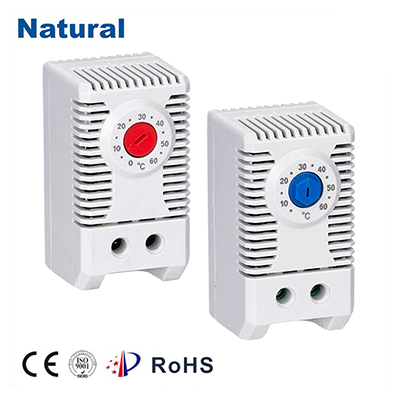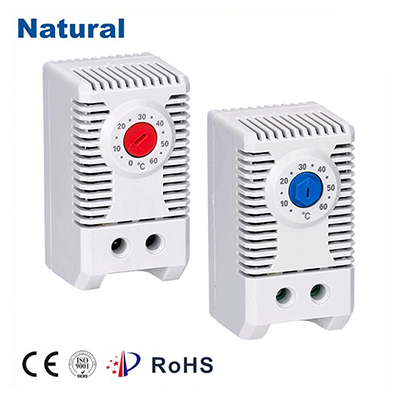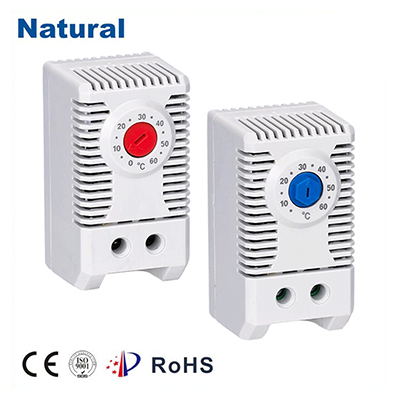A contact thermostat is a widely used temperature control device that operates based on the principle of physical contact to regulate temperature within various systems. These thermostats are designed to either open or close an electrical circuit when a specific temperature is reached, effectively turning a device on or off to maintain a stable temperature. The simplicity, reliability, and cost-effectiveness of contact thermostats make them indispensable in many industrial, commercial, and residential applications.

The Basic Principles of a Contact Thermostat

At the core of a contact thermostat’s functionality lies a temperature-sensitive element that reacts to changes in temperature. Most commonly, this element is made from materials that expand or contract with heat, such as bimetallic strips or liquid-filled sensors. When the temperature rises or falls, the material either bends or moves, triggering the contact points to open or close the circuit. There are several types of mechanisms used in contact thermostats: Bimetallic Thermostats: These thermostats use a strip of two different metals bonded together, which expand at different rates when heated. This causes the strip to bend, moving the contact points to either open or close the circuit.
